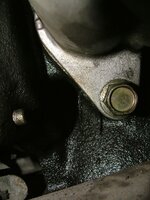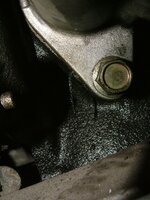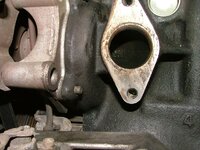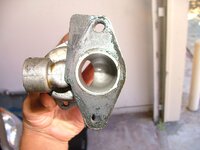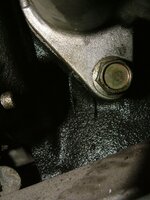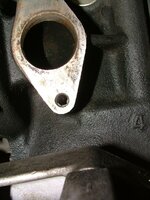As a lot of folks here know from this thread that I have developed a small crack in my engine block from when a drive belt came off (the one that turns the water pump). Pictures are below.
I figured that it was experimentation time again. I am going to repair the crack, rather than replacing the block. That will be a last resort. Here are some of my options for repair:
JB Weld
QuickSteel (ThermoSteel, Seal-Up)
K&W Block Sealer (Nano Technology)
Anyone have experience with any of the above? As always, I will post my findings.
I figured that it was experimentation time again. I am going to repair the crack, rather than replacing the block. That will be a last resort. Here are some of my options for repair:
JB Weld
QuickSteel (ThermoSteel, Seal-Up)
K&W Block Sealer (Nano Technology)
Anyone have experience with any of the above? As always, I will post my findings.
Attachments
Last edited:

